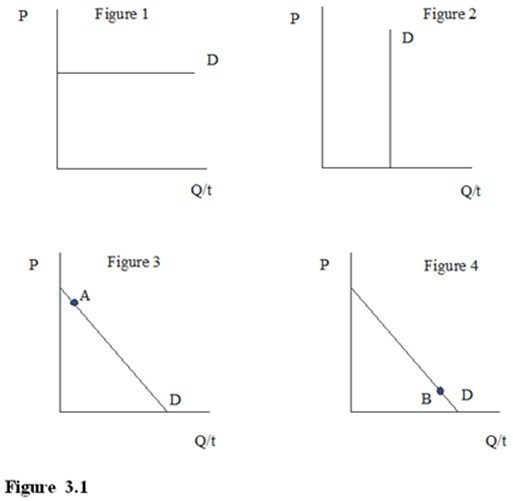If it costs a firm $10 to produce a good and the same good sells for $7 abroad, then this firm is engaging in
A) profit maximization.
B) price discrimination.
C) price differentiation.
D) dumping.
Answer: D
You might also like to view...
Based on the transactions in the above table, what is the change in the U.S. capital account?
A) $9,800 B) $10,000 C) -$20,000 D) -$20,200
Explain the difference between the per se and "rule of reason" standards of the antitrust laws
Consider the following events: scientists reveal that consumption of oranges decreases the risk of diabetes, and at the same time, farmers use a new fertilizer that makes orange trees more productive. Illustrate (using supply-and-demand diagrams) and explain what effect these changes have on the equilibrium price and quantity of oranges.
What will be an ideal response?
At point A of Figure 3 within Figure 3.1, demand is 
A. inelastic. B. perfectly inelastic. C. perfectly elastic. D. elastic.